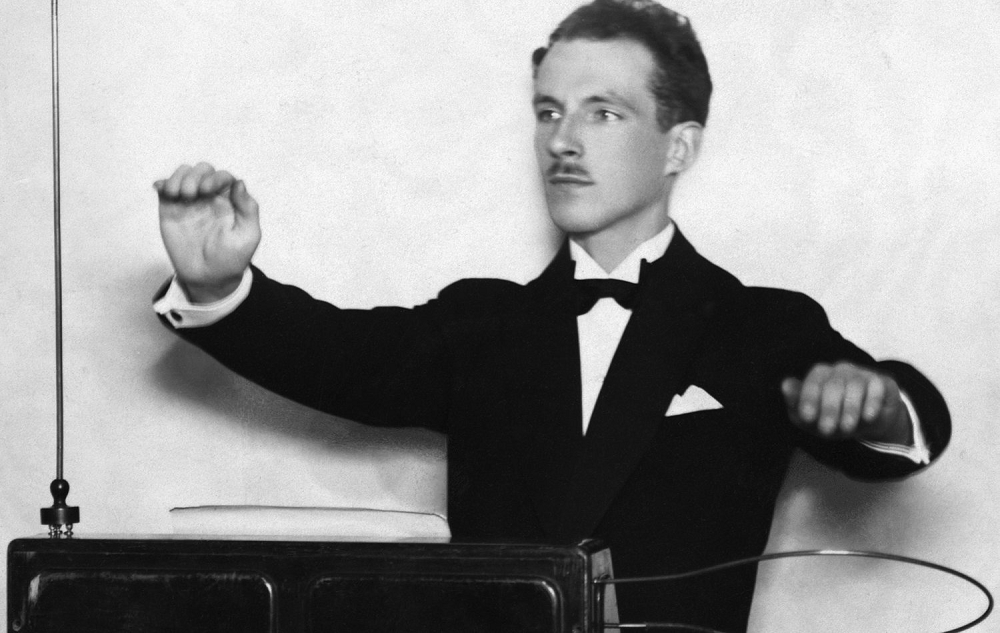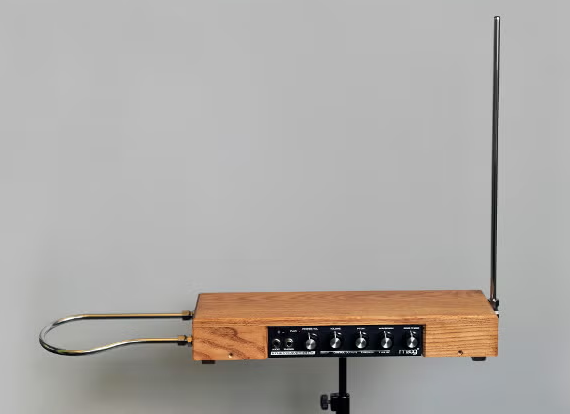Imagine playing music without ever touching your instrument. No strings, keys, or drumsticks just your hands dancing in midair, conjuring melodies that sound like they’re from another dimension. This isn’t magic; it’s the theremin, one of the strangest and most fascinating inventions in music history. From sci-fi soundtracks to avant-garde performances, the theremin’s haunting wail has captivated audiences for over a century. Let’s dive into its quirky origins, how it works, and why it still mesmerizes musicians today.
Table of Contents
What Exactly Is a Theremin?
The theremin is the world’s first electronic instrument, invented in 1920 by Russian physicist Léon Theremin. Unlike any other instrument, it’s played by moving your hands near two metal antennas: one controls pitch (vertical antenna), and the other adjusts volume (horizontal loop). The closer your hand gets to the pitch antenna, the higher the note; pulling away lowers it. The result? A sound that’s been described as a cross between a violin, a human voice, and a UFO landing.
Fun Fact: Léon Theremin demoed his invention for Vladimir Lenin in 1921—and Lenin reportedly tried playing it himself!

From Soviet Labs to Hollywood: A Brief History
The theremin’s journey is as bizarre as its sound. After wowing audiences in Europe and the U.S., Léon Theremin mysteriously vanished in 1938, only to resurface decades later in the Soviet Union. Rumors swirled that he’d been kidnapped by Soviet spies—a theory he later denied, though historians still debate it.
Meanwhile, the instrument found a home in Hollywood. Composers like Bernard Herrmann used it to create spine-tingling effects in 1950s sci-fi films like The Day the Earth Stood Still. Its eerie tone became shorthand for “alien” or “supernatural,” cementing its place in pop culture.

How Does It Work? The Science Behind the Spookiness
The theremin relies on a principle called electromagnetic field interference. Each antenna emits an electromagnetic field, and your hands disrupt these fields when they move close. This disruption alters the instrument’s circuitry, changing the pitch and volume. Think of it like conducting electricity with your body—except you’re making music instead of getting shocked!
Pro Tip: Playing the theremin looks easy but is fiendishly hard. Even slight hand tremors can throw off the pitch. Master players like Clara Rockmore (a virtuoso in the 1930s) practiced for years to achieve precise control.

The Theremin’s Unlikely Comeback
After falling out of favor in the mid-20th century, the theremin has recently surged in popularity. Indie bands like Beach House and experimental artists like Dorit Chrysler use it to add ethereal layers to their music. Even Robert Moog, the pioneer of modular synthesizers, built theremins early in his career—and today’s Moog Music still sells premium models.
But the theremin isn’t just for pros. DIY kits and affordable versions (like the Moog Theremini) have made it accessible to hobbyists. YouTube tutorials and online communities are booming, proving that this oddball instrument still sparks curiosity.

Why Learn the Theremin?
- It’s a Showstopper: Pull out a theremin at a party, and you’ll instantly become the most interesting person in the room.
- Improves Ear Training: Since there are no visual guides (like frets or keys), you develop a sharp sense of pitch.
- Endless Creativity: From classical music to ambient noise, the theremin fits any genre.
Challenge Accepted? Start with simple scales and folk melodies. Apps like Theremini even have built-in tuners to help beginners.
Where to Hear the Theremin Today
- Classic Rock: Led Zeppelin’s “Whole Lotta Love” features a theremin solo by Jimmy Page.
- Film Scores: The theremin’s ghostly tones star in First Man (2018) and Star Trek episodes.
- Live Performances: Check out Carolina Eyck, a modern theremin virtuoso who plays everything from Bach to Björk.
Preserving the Theremin’s Legacy
Léon Theremin’s invention almost vanished during the Cold War, but today, museums like the Theremin Center in Moscow and enthusiasts worldwide keep its history alive. Workshops and festivals, like the annual Theremin Encuentro in Argentina, celebrate its quirky charm.
Did You Know? Some theremins are played using electrodes attached to the body, letting musicians control sound with subtle muscle movements. Talk about innovation!
Final Note: Why the Theremin Still Matters
The theremin isn’t just a relic—it’s a living, buzzing piece of art. It reminds us that music doesn’t need rules or boundaries. Whether you’re a curious listener or an aspiring thereminist, this instrument invites you to rethink what’s possible. So next time you hear that unearthly warble in a movie or song, you’ll know: that’s the sound of human ingenuity, literally floating in thin air.




